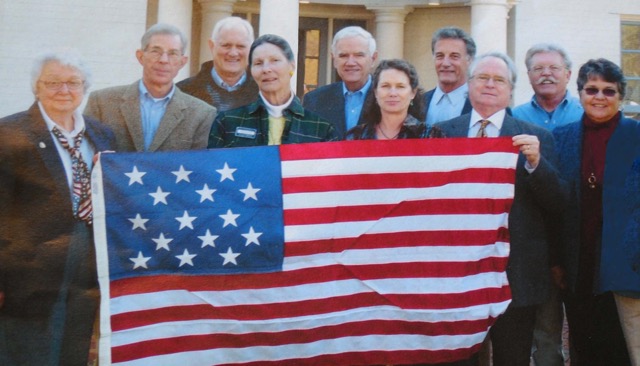Lewis & Clark Trust INC.
Their Journey. Our Legacy.

Our Mission
Preservation Through Education
Established in 2011, the Lewis and Clark Trust brings the national scope of the Lewis and Clark Story into full view—a nexus of history and geography spanning 8,000 miles of American frontier.
We partner with the National Park Service and communities along the Lewis and Clark National Historic Trail to preserve, protect, and share this remarkable chapter of American history. From our founding at Monticello to our work across 16 states, every contribution goes directly to programs that benefit all people.
The Lewis and Clark story has been described as a “string of pearls”—each site with its own important story within the national narrative. We’re committed to ensuring these pearls endure for generations to come.
What We Do
Projects
Partnering with the National Park Service and communities to preserve the Lewis and Clark National Historic Trail.
Learn MoreAllied Sites
Explore historic locations connected to the Lewis and Clark story across America.
Learn MoreHistorical Documents
Access primary sources, articles, and research materials from our archives.
Learn MoreOur Projects
“An educated citizenry is a vital requisite for our survival as a free people.”
— Thomas Jefferson
